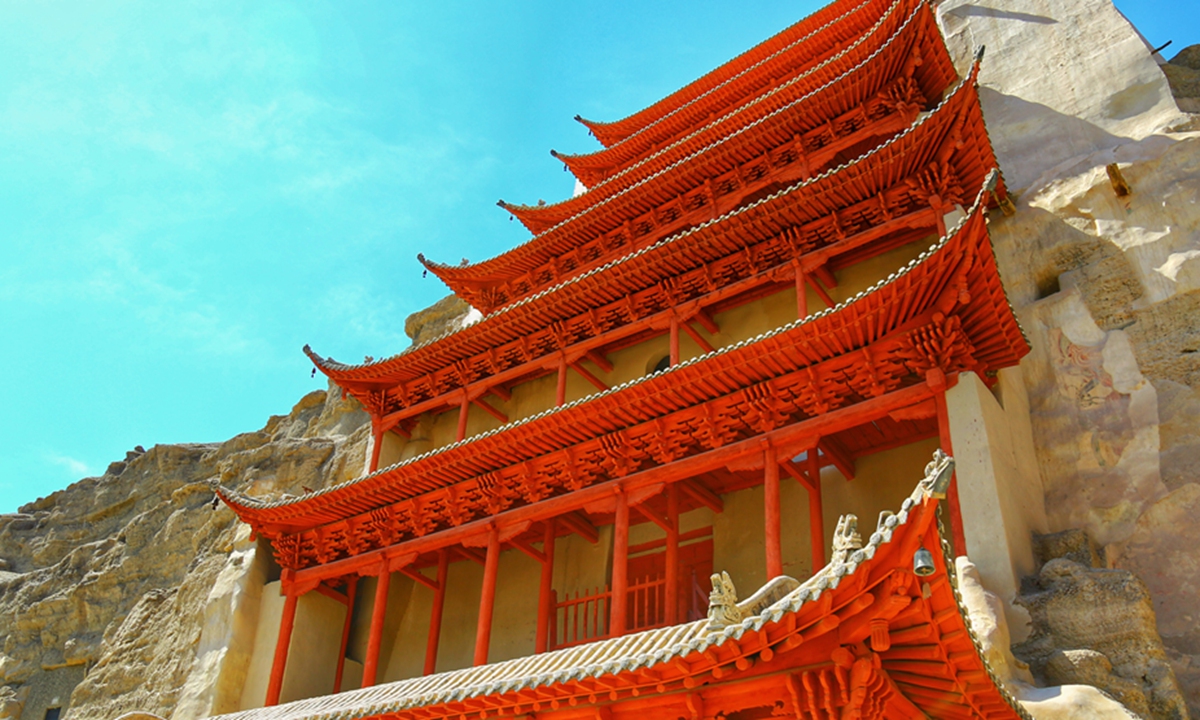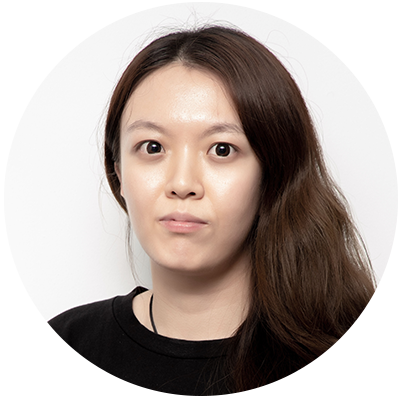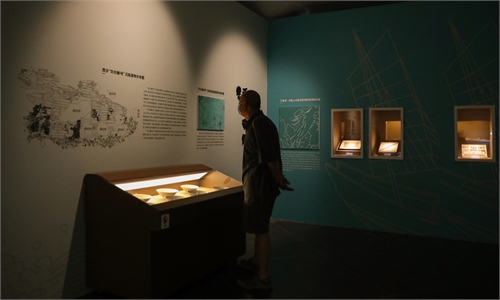ARTS / ART
Project aims to digitalize relics from Dunhuang Mogao Grottoes collected overseas

A temple at the Mogao Grottoes in Dunhuang Photo: IC
To make the ancient literature discovered in the Mogao Grottoes more available globally, the Dunhuang Academy in Northwest China's Gansu Province, which oversees the grottoes, has launched a digitalization project to record thousands of relics collected in overseas museums.
This year marks the 120th anniversary of the discovery of the Dunhuang Sutra Caves. Two thirds of the more than 60,000 artifacts unearthed at that time are preserved in dozens of museums in various countries around the world, the China News Service reported on Sunday.
Zhao Shengliang, head of the Dunhuang Academy, told the China News Service that Chinese experts will be sent to institutes in Britain, France and Russia to discuss possible solutions to digitalize these collections.
"The project is not to simply take photos of these relics, but to completely copy them," Zhao said.
A similar digital project has already been carried out at the Mogao Grottoes. If a cave and the relics and wall paintings within are ever destroyed due to factors beyond anyone's control, a digital version of them will still live for future generations.
Together with the physical remains of the art of the Mogao Grottoes, the literature of these sutra caves are a rare source of the firsthand information for studying the middle ancient history of China and other regions along the Silk Road, the China News Service said.
About 90 percent of the literary works discovered in the caves are Buddhist classics, and scriptures from other religions including Taoism have also been unearthed. Some discoveries are secular works such as official documents and non-religious literary works.
These cultural relics taken out from the Mogao Grottoes are representative cases of relics drifting overseas, making it difficult for them to return home, Liu Zheng, a member of the China Cultural Relics Academy, told the Global Times on Wednesday.
"There are three major factors behind the dilemma: different ideas about ownership, technological issues and funding difficulties," Liu said.
Some overseas museums consider that since these ancient literary works were purchased from Wang Yuanlu, the person overseeing the Mogao Grottoes at that time, and then donated to museums, they should be seen as cultural relics collected through regular channels, Liu explained, noting that this is why these museums do not think they have an obligation to return the works.
"Additionally, since the number of relics, which includes ancient literature, is so large, taking them back to China poses a big challenge when it comes to technical means, funding and manpower," Liu added.
At present, most of the Dunhuang literary relics stored in many countries around the world are incomplete, but about 25 percent of the papers can be pieced together. If this project goes smoothly, it is estimated that about 20,000 volumes containing complete works will be published. Theyare expected to play a vital role in promoting the development of Dunhuang research, the report said.


